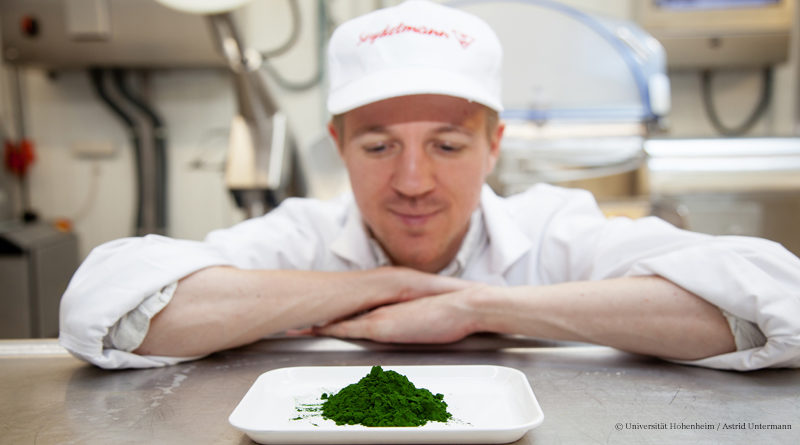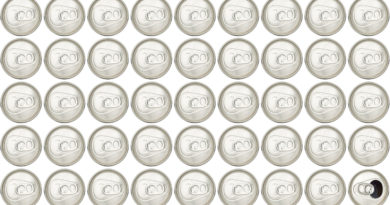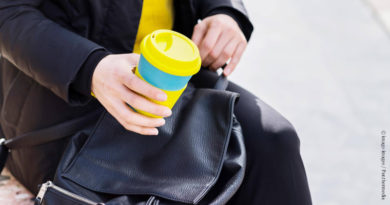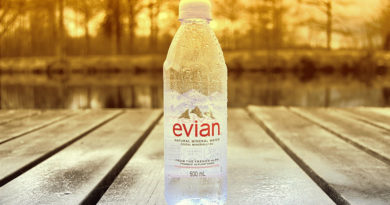Packaging from Seaweed
An EU research project, in which the University of Hohenheim is involved, is looking for new, sustainable food additives and packaging materials made from algae and seaweeds. According to the researchers, the initial results are very promising.
Algae already serve industry as a source of raw materials. This applies, for example, to stabilizers or thickening and gelling agents such as agar, alginate and carrageenan. Researchers are also exploring the potential of algae as carbohydrate suppliers for bioplastics. For example, the EU-funded research project „Biocarb-4-Food“ is investigating more sustainable processes for obtaining carbohydrates from large algae species and from seaweed. The properties of biodegradable plastics produced from these materials could even help to extend the shelf life of food packaged in them.
„Already today, the algae industry generates worldwide sales of around 7.4 billion dollars – and the trend is rising,“ says Dr. Nadja Reinhardt from the Research Center for Bioeconomy at the University of Hohenheim. „Because of their special physical-chemical and biological properties, the food and pharmaceutical industries are also showing growing interest in compounds obtained from algae.
Finding more efficient extraction methods
A subtask of the project is to obtain novel extracts. Because of the specific properties of algae carbohydrates (phycocolloids), the scientists see the potential to use them as innovative packaging materials. However, current methods for carbohydrate extraction from algae are still very inefficient, also with regard to water and energy consumption. The core task of the scientists in the project is therefore to research and combine environmentally friendly and more efficient extraction methods.
New combination of methods
The researchers not only focus on the marine algae species already in commercial use, but also on raw materials that have been little or not used at all to date, such as seaweed. The results so far are promising, according to the University of Hohenheim: Experiments with the Mediterranean red alga Gelidium sesquipedale show that agar extraction can be greatly simplified if hot water treatment is combined with ultrasound. This can reduce the time required for agar extraction by a factor of four compared to conventional methods. „Unfortunately, we have only been able to test this on a laboratory scale so far,“ regrets Dr. Lopez-Rubio from the Institute of Agrochemistry and Food Technology (IATA-CSIC) in Valencia, Spain, and coordinator of the project. „The companies involved in our consortium are working on upscaling so that the results obtained in our laboratories can also be transferred to industrial production“.
Longer shelf life of food products targeted
Industrially, highly purified agar extracts are usually used, which is associated with a high consumption of chemicals. If the cleaning steps are reduced, this not only reduces the consumption of chemicals. Less purified agar extracts from Gelidium sesquipedale have additional functions, such as antioxidant and antimicrobial properties: plastic films made from these extracts release bioactive substances and can thus contribute to food preservation, for example by slowing down fruit spoilage. In addition, these films can eliminate one of the main obstacles to the use of agar in the food packaging industry: they are much more resistant to moisture than films made with highly purified agar.
Biodegradable packaging
A good recycling possibility is also emerging for the waste of the Neptune grass (Posidonia oceanica), which is native to the Mediterranean Sea. This plant accumulates in large quantities on the beaches. According to the scientists, however, the ingredients of this Posidonia waste have a great potential for the development of biodegradable packaging. They are therefore an excellent source of so-called lignocellulose. As an additive, it leads to a significant improvement in mechanical properties in the production of starch-based bioplastics. Posidonia cellulose can also be added to conventional plastics to improve various important functions of food packaging, such as gas and water vapor barrier and thermal or mechanical properties.




